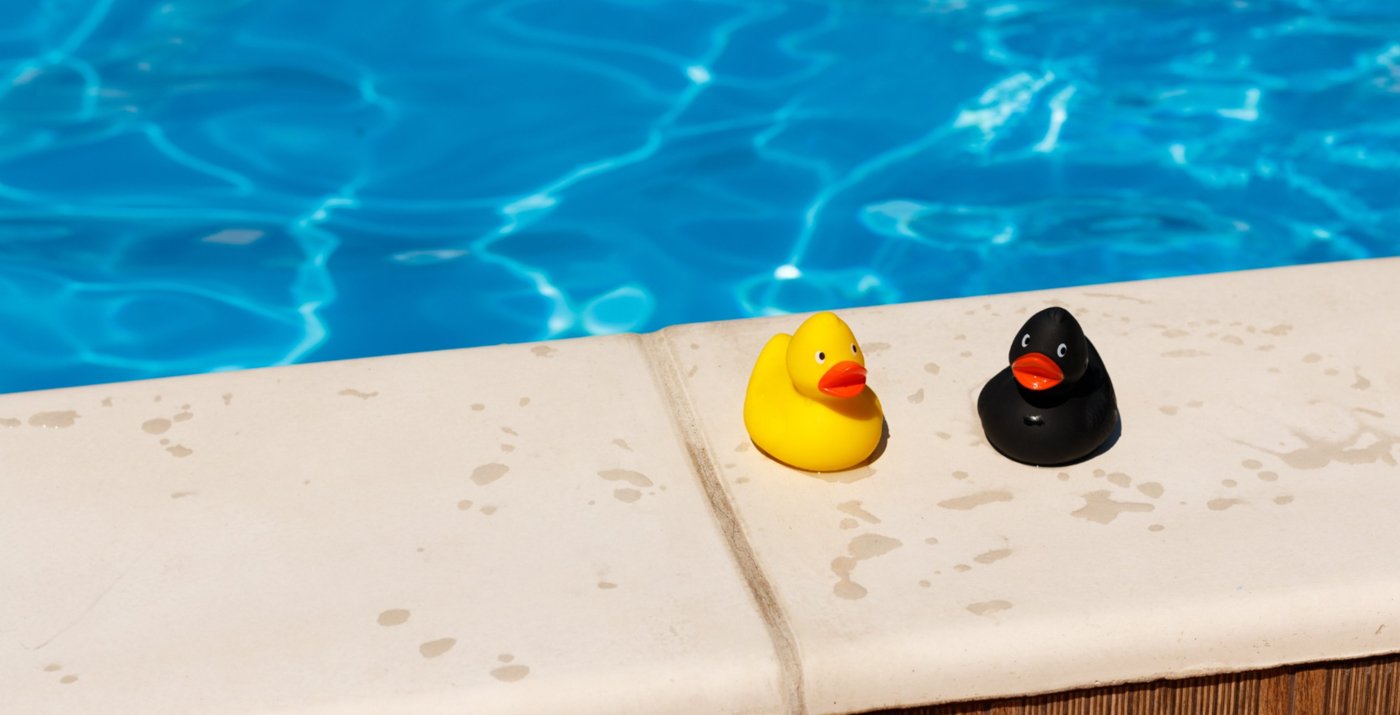
Swimming Resources for Parents
Drowning is the #1 cause of accidental death in children ages 1-4.
Parent education is crucial to ensuring safety and enjoyment in the water. Help prevent drowning with these helpful swimming articles and resources.

Kim is very passionate about helping people of all ages develop a love and respect for water to improve their quality of life. Learn more about her and dive deeper into Kim’s Mission below.
About Kim
Kim’s Mission
Creating a Healthy Relationship with Water

Nurturing Respect for the Water

Overcoming Fear
Learning How to Swim for All Ages

Improving Quality of Life

Drowning is Preventable

Parent Education
Tips for parenting in the pool. Drowning is the #1 CAUSE of accidental death in children ages 1-4. Accidental. Preventable. It is essential to practice mindful parenting in and around any water.
This scares me. Hunter has been told that he can swim when he clearly cannot. And worse, I can see that he is quite scared of the water.
Pool safety: Is your swimming pool safe for children?
There are so many different aspects of water safety you can put in place. Here are a few basics for creating a SAFER aquatic environment for your family…
Swimming is a lifelong, lifesaving skill, so take it seriously. As you familiarize your children with new skills, don’t forget to go back and review what they have already learned. Repetition is important in the learning process. The more you practice, the easier and more natural it becomes, so you don’t have to consciously think about it.
There are 10 basic swimming and water safety skills that everyone should know. They are introduced in my children’s book, Learn to Swim with Lou! So far, I’ve shared three skills…
There are so many swimming aids, toys and floats out there, but it’s best to start out as a minimalist when it comes to working with your kids in the water.
The once unnerving activity soon became a fun game that parent and child played together, counting and pouring water over each other’s heads. It was a perfect introduction to water safety and creating a healthy relationship with water.
She told me it was embarrassing and that she hadn’t thought about that moment in a long time. And that somehow it felt good to tell me about it. I told her it was okay and that a lot of people feel the same way.
Check out this DIY How-to Baby Bath Video. Face in Water, Akin Real Estate and The Swim School San Diego have collaborated to create educational videos for parents and caregivers.
The amniotic sac that protects the fetus during pregnancy is also referred to as the "bag of waters."
Teach Your Child How to Swim
Kids' Breakthrough Swimming
Fin moves very quickly through the water and I have to keep up with his fast pace. He's smart and he's cute, which is a dangerous combination during a swim lesson. Many instructors will give in to this and crumble when he bats his eyelashes and says he can't do something by himself.
It can happen so fast. One second, he's bouncing up and down, laughing and having the best time in the world. Then the pool gets deep enough that he can't touch the bottom and the panic sets in.
Frankie was an interesting participant because she couldn't quite swim independently (she was right there and just needed a little assistance breathing). But...she THOUGHT she could.
I don't know which one of us had more fun; we all found so much joy while interacting with so few words. What an incredible experience- watching mother and son using the water as a medium to foster their relationship. Life is good.
I met Resa a couple years ago when she brought her son, Jack (now 12), to me for a swim lesson. I spent the better part of that half hour working on desensitizing him and just trying to get him into the pool. Jack has autism, is non-verbal and is a member of a very special family. I'm always amazed at the ripple effect of autism on families.
My dear, sweet 25th project participant came to Dive California for his lesson. Luke is five years old and wears TWO, yes TWO, lifejackets when he swims.
I had heard that Matthew loved to swim, but wore a life jacket when he was in water over his head. This allowed him to play with his friends and have a great time in the water, but as he got older, he realized that the life jacket acted as a ‘crutch’ and he was more than ready to learn how to swim without it.
Emma was doing well, but I noticed she would cling to mom and wasn't progressing as quickly as I knew she could. This is really common- a child fussing to mom when they don't want to do something. Emma's mom is awesome and was open to whatever was best for Emma.
Every time I came even remotely close to getting her face wet, Mellissa would try to distact me by talking and turning my attention away from the water. I accepted her challenge and was able to get her face wet and even get her underwater.
It all comes down to the right balance between fun teacher and authoritative teacher, which is necessary, but not always easy.
This boy was ready to get in the pool the moment he arrived- with or without an adult. There's a difficult stage some kids go through when learning how to swim.
It is common for a child to have separation anxiety- typically mom (or dad, or caregiver) does everything for her and makes her feel protected. I come along to take her away from that safe person and do something beyond her comfort zone, so she cries. Or screams. Or kicks. Or whines. She does whatever she needs to do for mom to make her feel safe again. This is the tough part. This is where the apron strings come in, and sometimes they are tied very tight.
I have to admit I wasn't quite sure how the lesson would go and doubted I would get her face in the water in just an hour. Fortunately, my guest mermaid photographer, Elizabeth, Age 8, took Alice under her wing.
Hunter didn't mind being in the water, as long as he was on the steps. He definitely wasn't all that fired up to let the water drip down on his face. His shoulders scrunched up, his grip on me grew tighter, then he tried to push the cup of water away.
Alexis seemed to love learning how to not only float, but kick on her back without sinking. This made her day. I'd start her out, then she would roll over on her back and kick with a big smile on her face. If her legs started to sink, I would yell, "Get your toes up! Make little splashes! Point your toes like a ballerina!" She was awesome. By the end, she didn't even need my help to start on her back!
Aydan and I spent the first few minutes on the steps where she could stand, blowing bubbles, pouring water over our heads on a cue, and getting our chins, mouth, ears and noses wet. The one-on-one time with her was amazing and just what she needed.
If your child is having difficulty relaxing in on her back, keep these suggestions in mind:- RELAX: Yes, I said the 'r' word again. But this time, it's directed at you. If you are in the water with your child, show her that you are relaxed and confident. If your body is tense, then she will pick up on that and also tense up.
Featured Products
Youtube Videos
FREE Swimming Resources
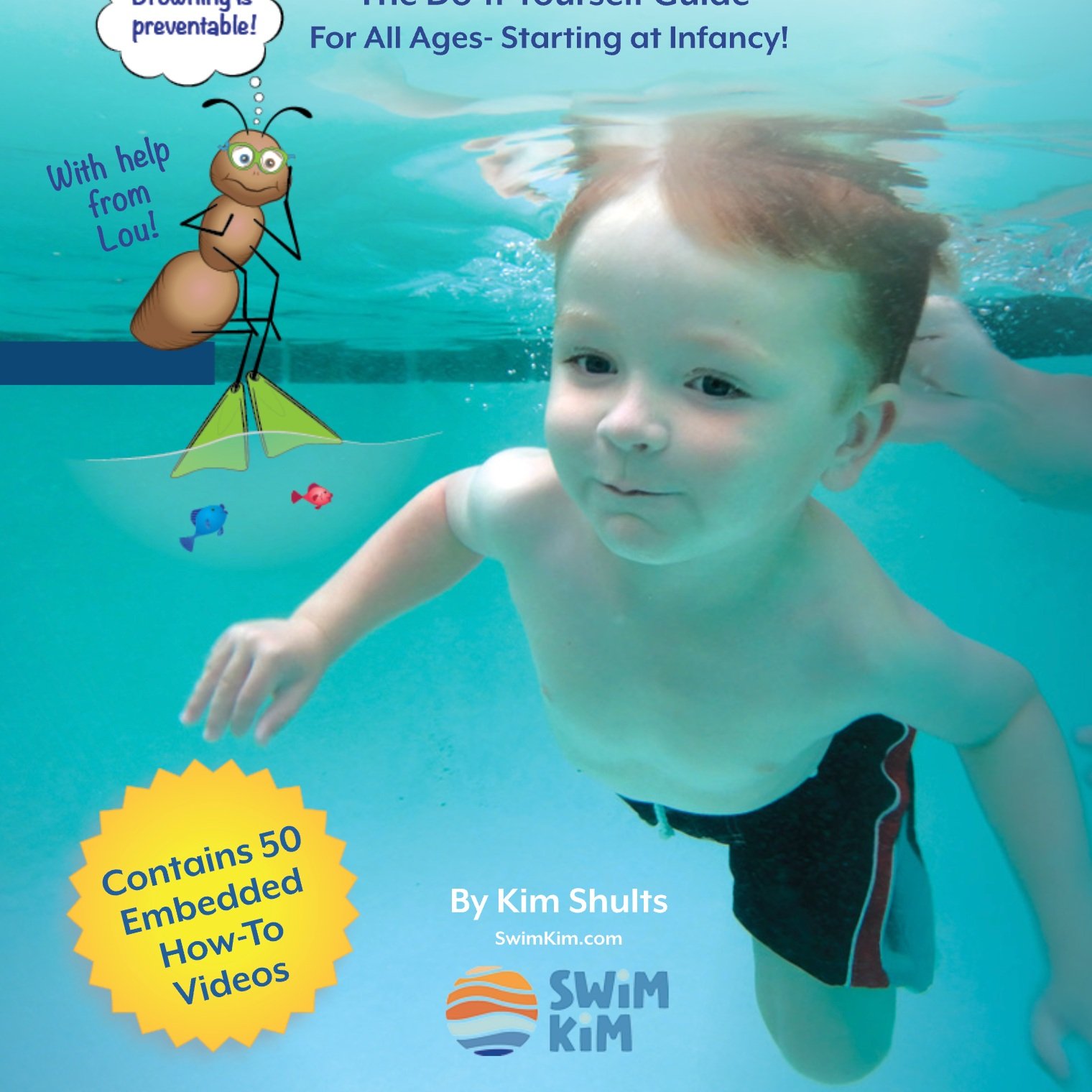
The Learn-to-Swim Collection
Everything a parent needs to know to help create a safe, enjoyable experience in the water for their child










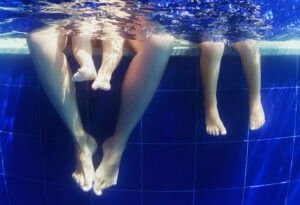















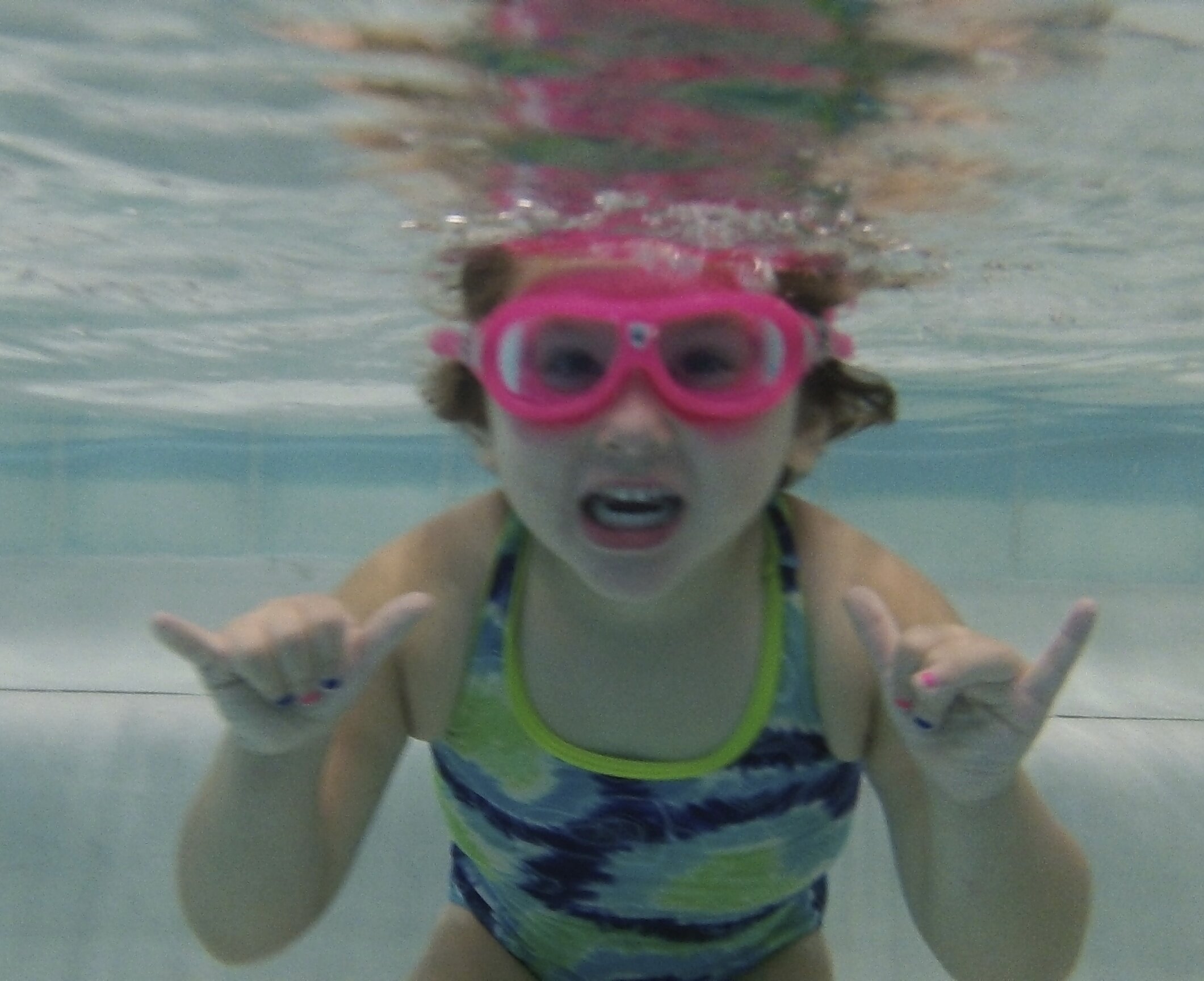









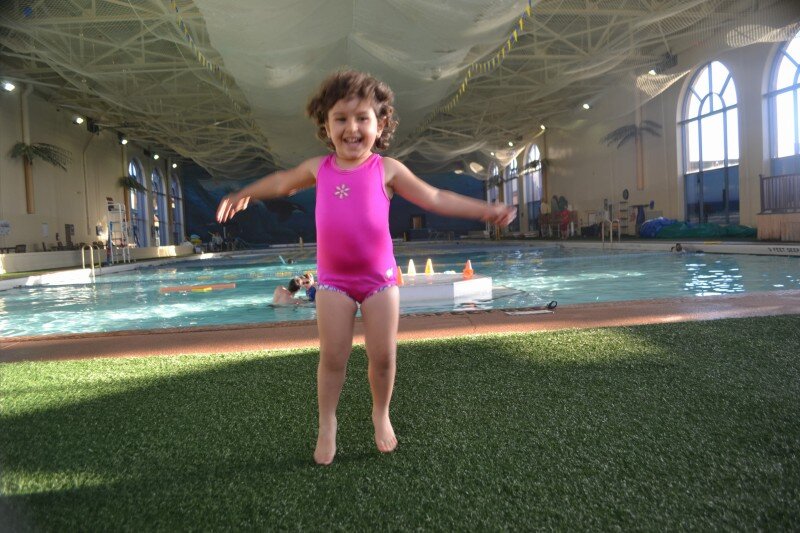








I couldn’t believe what I was hearing. The words spilled out of my mouth: “Why would you protect her face from water? It is just water. The baby has been in liquid. She’s in liquid right now.”